Revision Notes: The First World War | History for Grade 9 PDF Download
The First World War
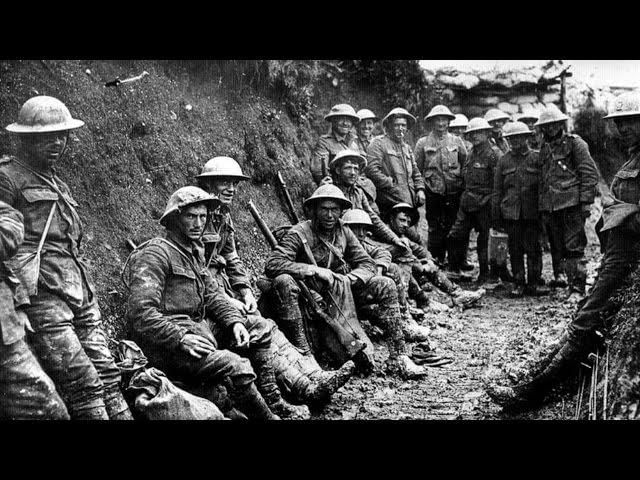
The First World War, which started in 1914, was unlike any previous war in history. It involved multiple nations and had an impact on nearly every country in the world. The war saw the use of new methods of defense and destruction, and because of its widespread reach, the damage it caused, and its overall impact, it was deemed unprecedented. This is why it came to be known as the First World War.
Causes of the First World War
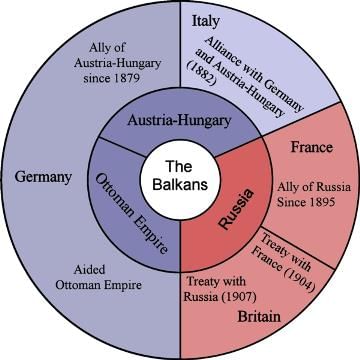
Aggressive and Militant Nationalism
Aggressive nationalism refers to a strong love for one’s country that leads to hatred towards other countries. This kind of nationalism resulted in militant nationalism, which involved building large armies and appointing powerful military and naval officers. For instance, France wanted to reclaim the provinces of Alsace and Lorraine from Germany, while Serbia aimed to unite all the Balkan states. These desires created tensions among nations.
- Aggressive nationalism also spurred expansionist policies. Countries like France and Britain expanded their colonial empires in Asia and Africa. Other nations, such as Germany, Italy, and Japan, competed to establish their own colonies. Colonies became crucial during this period as they provided raw materials and minerals for industries and had the potential to become markets for European manufactured goods.
- Moreover, colonies enhanced the power and prestige of European nations, leading to clashes of interest among them. This environment filled Europe with hatred and fear, setting the stage for conflict.
Race for Armament
- Due to aggressive nationalism and the belief in self-defense, nearly every European nation began to stockpile arms and ammunition.
- Germany started to build a powerful navy to protect its colonies in Asia and Africa, including the construction of one of the largest ships, ‘The Imperator,’ in 1912. This growing military strength made Britain and France suspicious of Germany.
- The stockpiling of arms led to intense competition among European nations, ultimately contributing to the outbreak of the First World War.
Division of Europe into Two Hostile Camps
In the early 20th century, Europe was essentially divided between two types of states:
- Single Nation States: Countries like Britain and France, where a single nation predominated.
- Imperial States: Nations like Austria and Hungary, which comprised diverse groups with different languages and cultural traditions, such as the Hungarians, Serbians, Bosnians, and Croats.
To protect their interests, nations formed various alliances:
- Triple Alliance: Germany, Austria, and Hungary, later joined by Italy in 1882.
- Triple Entente: France, England, and Russia formed this alliance in 1907 to counter the Triple Alliance, and it was later joined by Japan.
These alliances divided Europe into two hostile camps.
Murder of Archduke Francis Ferdinand (Immediate Cause)
- Archduke Francis Ferdinand, the heir to the throne of Austria and Hungary, was assassinated in Sarajevo, the capital of Bosnia, on June 28, 1914.
- The assassination was orchestrated by a secret society called the ‘Black Hand,’ which aimed to unite all Serbians into a single state.
- Following the assassination, Austria issued an ultimatum to Serbia with eleven demands. Serbia agreed to most of the demands but refused a few. This led Austria to declare war on Serbia on July 28, 1914.
- Russia backed Serbia and began preparing for war. On August 1, 1914, Germany declared war on Russia, and on August 4, Britain declared war on Germany.
Other countries soon joined the conflict:
- Japan declared war on Germany to seize German territories in the Far East.
- Turkey and Bulgaria joined the war on the side of Germany.
- Italy initially remained neutral but later declared war on Germany, breaking the Triple Alliance.
The assassination of Archduke Francis Ferdinand was the immediate trigger for the war.
The conflict divided nations into two major groups:
- Allied Powers: Britain, France, Russia, and their allies.
- Central Powers: Germany, Austria-Hungary, and their allies.
Events of the War
War on the Western Front
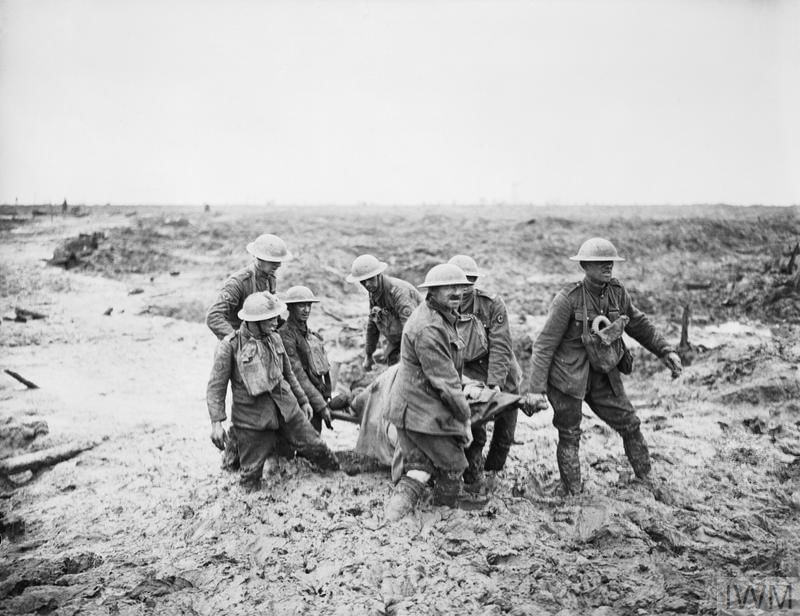
The Battle of Marne was a crucial battle fought on the Western Front during World War I. It involved France and Britain on one side and Germany on the other. The victories achieved by France and Britain against Germany in this battle marked a turning point in the war.
Trench Warfare
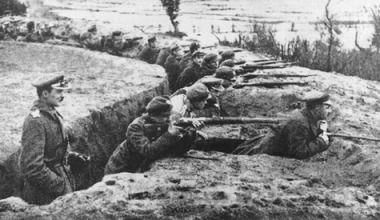
The presence of machine guns and heavy artillery made life dangerous above ground during World War I. As a result, opposing armies dug trenches to protect themselves from enemy attacks and to launch their own offensives. However, living in these trenches was far from easy. Soldiers faced numerous hardships, including rats, lice, gas attacks, as well as harsh weather conditions like cold, rain, and snow.
War on the Eastern Front
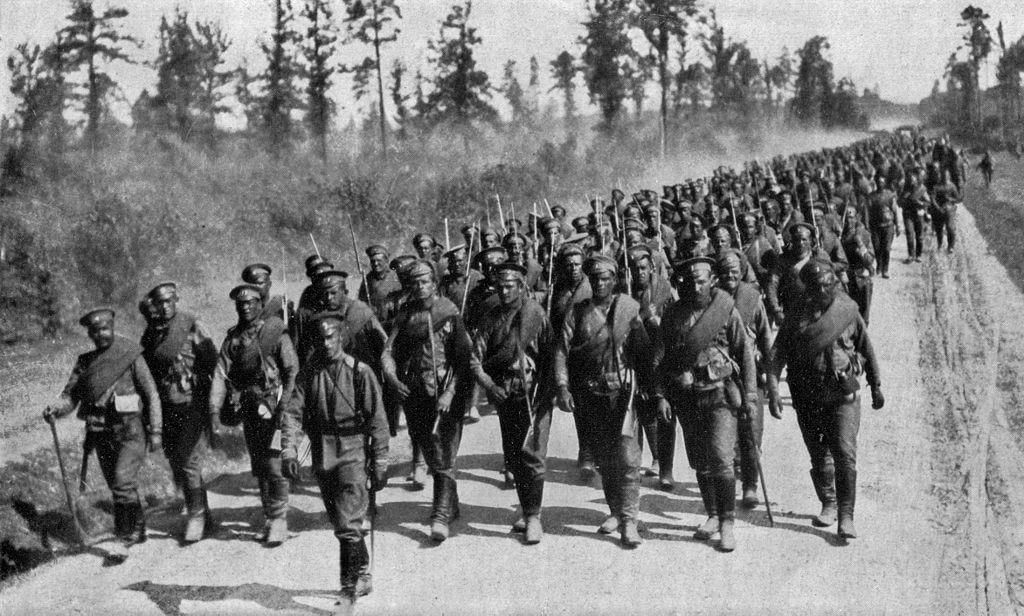
- Soldiers dug trenches during the war to protect themselves from direct enemy attacks.
- At first, Austria-Hungary and Germany were able to invade parts of the Russian Empire and were also successful against Romania, Serbia, and Italy.
- Outside of Europe, the Allied Powers launched campaigns against the Ottoman Empire. Japan occupied German territories in East Asia, while Britain and France seized many German colonies in Africa.
Policy of Blockade
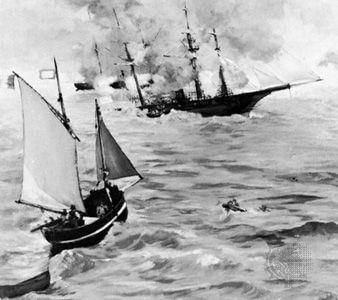
- During the war, one tactic used was to block enemy supply lines to cut off food, war materials, and raw materials.
- In 1916, Germany sank several British warships but was defeated in the Battle of Verdun. The British responded by blocking the German coast to cut off supplies, and Germany faced further defeat in the Battle of Dogger Bank.
Conflict with Turkey
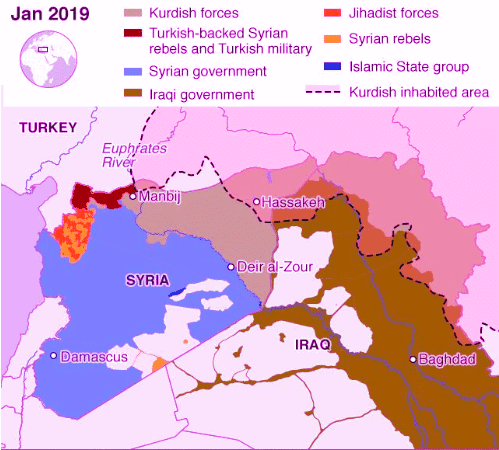
- Turkey had aligned itself with the Central Powers during the war, which allowed Germany to control the Baltic and Black Seas. This situation isolated Russia, cutting off its support from the Entente Powers.
- As a result, the British Indian Army launched an attack on Turkey, leading to Turkey's surrender on October 30, 1918.
Involvement of the USA in the War
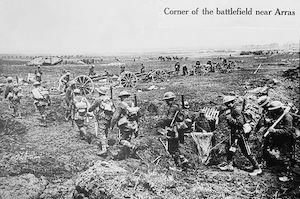
- In 1915, German U-boats sank a British passenger ship called the Lusitania, killing 1,153 passengers, including 128 Americans. This incident sparked anti-German sentiments in the USA.
- The Allied Powers had borrowed significant amounts of money from the USA to finance their war efforts. This raised concerns in the USA that if the Allies lost, they would be unable to repay the loans. Additionally, there was a fear that Germany could become a rival to the USA in the future.
- Consequently, the USA declared war on Germany on April 6, 1917.
Russia’s Withdrawal from the War
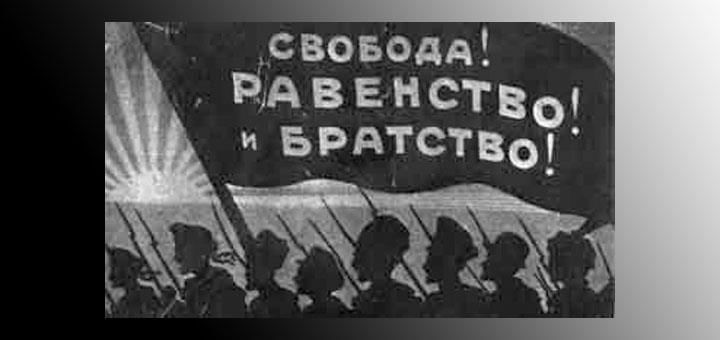
- One of the significant events during the war was Russia's withdrawal from the First World War, which was primarily due to the Russian Revolution. Russia had suffered immense losses, with over 600,000 soldiers killed, and the situation was dire.
- After taking control of the Russian government, Lenin proposed to end the war. As a result, Russia signed a peace treaty known as the Treaty of Brest-Litovsk with Germany.
End of the War
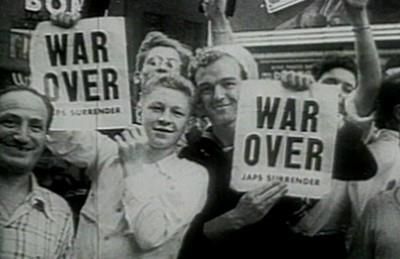
- By 1918, Germany and its allies were facing defeat at the hands of the combined forces of Britain, France, and the USA. This defeat led to political unrest in Austria and Hungary. Bulgaria withdrew from the war, and Turkey surrendered to the Allies in 1918.
- On November 3, 1918, the emperor of Austria-Hungary surrendered. A revolution erupted in Germany, leading to the establishment of a republic. The German emperor, Kaiser Wilhelm II, fled to Holland. The new German government signed an armistice on November 11, 1918, bringing the war to an end.
- The war involved approximately 53 to 70 million people, with around nine million either wounded or killed. Civilians also suffered due to air raids, epidemics, and famines during the conflict. The economies of the participating countries were devastated, and the Great Economic Depression of 1929-30 is largely attributed to the repercussions of the war.
Results of the War
Main results of the First World War:
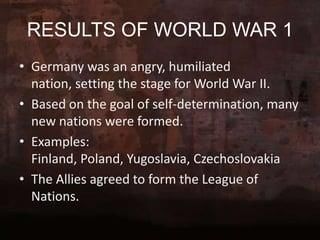
The Signing of the Treaty of Versailles (28 June 1919)
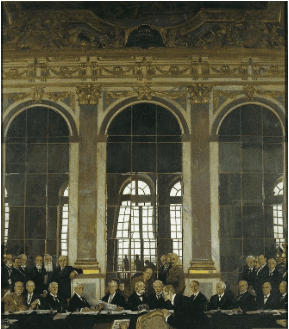
The Treaty of Versailles was signed on June 28, 1919, at the Palace of Versailles in France. This agreement was made by the victorious nations after World War I. Here are the main points of the treaty:
- Germany's Guilt: Germany was blamed for starting the war.
- War Reparations: Germany had to pay a huge amount of 33 billion dollars as compensation for the damages caused to the victorious countries.
- Demilitarisation of the Rhine Valley: The Rhine Valley in Germany was to be demilitarised. This means that no German military forces were allowed in this area.
- Occupation of German Territory: The territory west of the Rhine River in Germany was to be occupied by Allied troops for 15 years.
- Loss of Territory: Germany lost several territories, including:
- Alsace-Lorraine: This region was given to France.
- Schleswig: This area was transferred to Denmark.
- Saar Coal Mines: The coal mines in the Saar region of Germany were handed over to France for 15 years.
- Loss of Colonies: Germany lost all of its colonies, which were taken over by the victorious nations.
- Military Restrictions: The size of the German army and navy was limited. The German air force and submarines were completely banned.
Changes in Territories

- The war led to the downfall of three ruling families in Europe: the Romanovs in Russia, the Hohenzollerns in Germany, and the Hapsburgs in Austria-Hungary.
- The Ottoman Empire lost its control in Italy, and Austria and Hungary became independent nations. As a result, monarchies in several countries collapsed.
- During the war, many new independent states were formed, including Finland, Estonia, Latvia, Lithuania, and Yugoslavia.
Establishment of the League of Nations
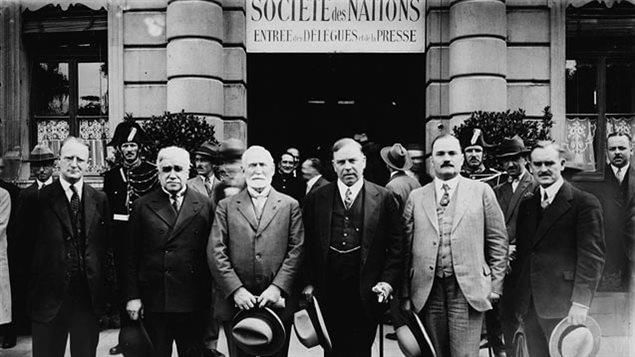
The League of Nations was established after the war as part of President Wilson's fourteen-point plan to prevent future conflicts.
Objectives of the League:
- Prohibit secret treaties and alliances between nations.
- Respect the independence of all nations.
- Resolve disputes by referring them to the League.
- Take action against aggressive countries threatening world peace.
- Promote cultural, social, and economic cooperation among member nations.
However, the League had its limitations. Germany and the Soviet Union were initially excluded, and the United States did not join. The rise of dictatorships in Germany and Italy further weakened the League, which eventually dissolved with the outbreak of World War II.
|
24 docs|7 tests
|
FAQs on Revision Notes: The First World War - History for Grade 9
| 1. What were the main causes of the First World War? |  |
| 2. What were the key events during the First World War? |  |
| 3. How did the First World War end? |  |
| 4. What were the results of the First World War? |  |
| 5. How did the First World War influence future conflicts? |  |





















